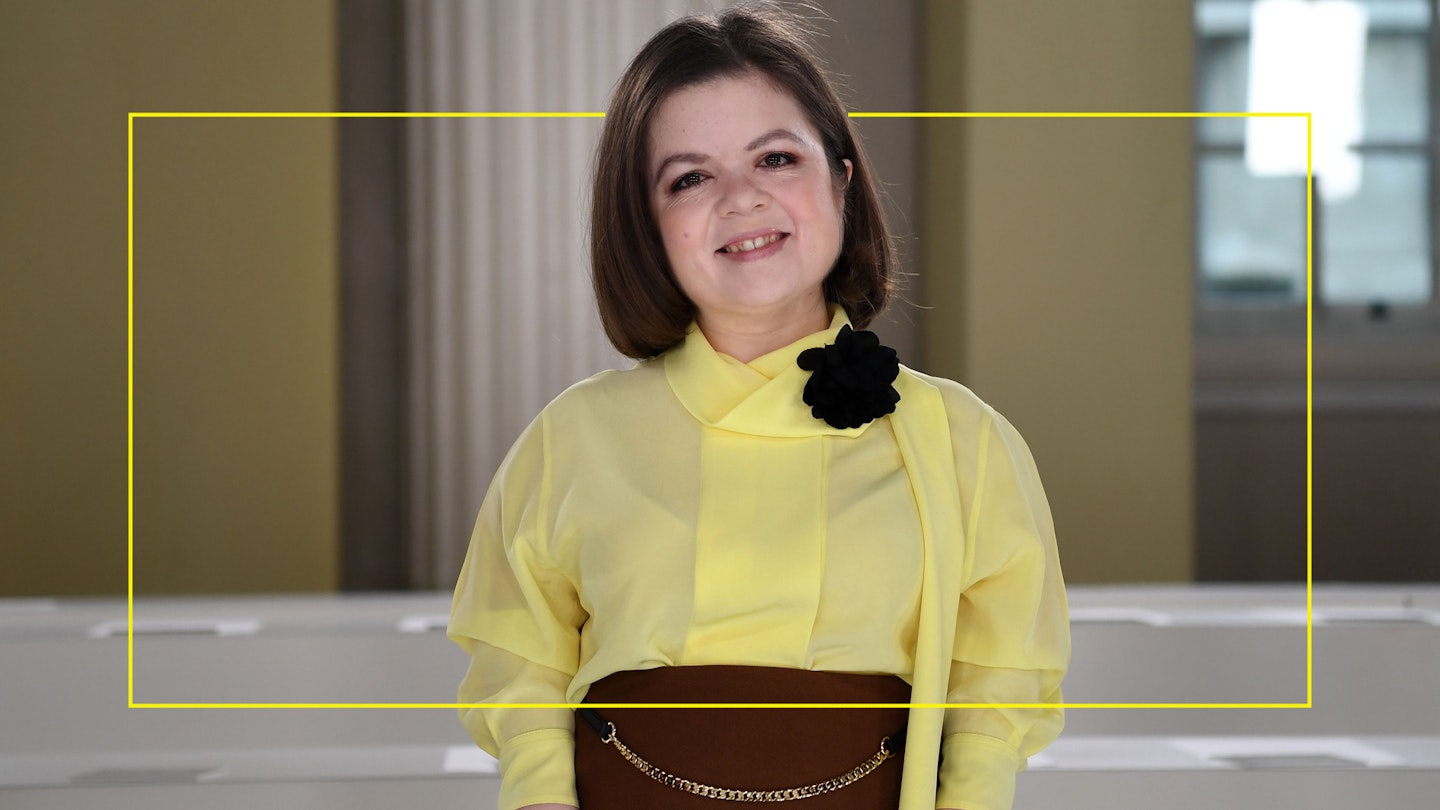There’s a feeling that you sometimes get. It starts at the bottom of your spine and, vertebrae by vertebrae, it climbs and unfurls across your shoulders, making them rise towards your ears. You glance around just to check, but already, you know what to expect: someone is staring at you.
It’s a feeling I’m used to. For as long as I can remember, I have been the centre of attention, but often, it’s without my consent. It’s made me become an ‘extroverted introvert’. This means I revel and feel safe in the act of reticence, but that I also embrace the performance and chaos of life.
For me, being an extroverted introvert is linked to being a little person. As a disabled woman with dwarfism, I live in a body that cultivates curiosity. Children are always the first to ask questions or take notice. In a supermarket, for instance, a child will point to me and announce – very loudly – ‘Look! There’s a little woman.’ The adults don’t know what to do or say, while the parents blame themselves. They make this moment about them. The only solution they can think of is to move to a different aisle
and hope that their child stops asking questions... and that they don’t run into me again. But by doing so they unintentionally teach the child that I am not someone to look at, nor am I someone to speak to. This is where being an extrovert comes in handy, and I’ll bridge the awkwardness to ease the tension. ‘Hi, I’m Sinéad. What’s your name?’ I’ll say. ‘Sarah!’ they wave enthusiastically. ‘Why are you so small?’ they ask. The parents gasp. I pretend to think about my answer. ‘Why are you so big?’ I ask. Most often, they’ll reply, ‘I don’t know, I was just born like this.’ ‘Me too,’ I’ll say. The child will quickly forget about me and move on to sneaking things from the shelves into their trolley. Usually sweets.
The ability to humanise an awkward moment is something I can do because, as a disabled person, I’ve been an involuntary observer to these kinds of conversations my whole life. The conversations are ongoing even if I don’t engage with them – in fact, maybe even more so if I try to ignore them. In choosing to step outside of myself, to explain my disability to strangers, I’m hoping that it will change how that child or adult interacts with other people who look like me, and other disabled people as a whole. But change takes time.
With so much attention on me and what I look like, my physicality has often felt like something I don’t own or have agency within. Over the years, though, I have found solace and escapism in fashion. Through clothes, I can architect a version of myself and present that aesthetic to the world. Whether it’s leather biker jackets or capes that create onomatopoeic sounds as they move. I don’t use clothes to camouflage my disability, in fact, I use them to accentuate it. Clothes allow me to craft a story about who I am and what I stand for, for everyone to see. Choosing what to wear is an act of rebellion in what the world expects of someone like me.
The pandemic has provided me with an unexpected reset, giving me the opportunity to spend the last few months living in one place. In my small town, my disability is part of the landscape. I’m not interesting because I look different, I’m interesting because I’m their neighbour. The freedom to be myself, without being stared at or ‘othered’ has been liberating. I’ve almost forgotten what it’s like to walk past a group of people and for them to attempt to make me feel less; to point, taunt, bully. Almost.
Still, these experiences have moulded my personality. They’ve shaped me into a person who relishes being both an introvert and an extrovert. Someone who is comfortable when there is quiet, when surrounded by the family and friends whom I love, trust and admire. But also, someone who gravitates towards educating strangers, using humour to build empathy and logic to challenge assumptions.
Being the centre of attention has given me the confidence to take pride in who I am and in what makes me different. The brief moments where I imagine what it might be like to experience the world the same way as everyone else are always outweighed by the knowledge that just being me, as I am, has resulted in the first little person appearing on the cover of Vogue and attending the Met Gala. Being the centre of attention is useful when you can leverage it to change the world.
I hope that, over time, those supermarket conversations will encourage people to tell their friends that ableism – discrimination in favour of able-bodied people – is wrong. That choosing to make someone feel embarrassed or nervous because they are different doesn’t make sense, because we’re all different. For me, it’s just more obvious.
‘Break The Mould’ by Sinéad Burke is out on 15 October (£8.99, Wren & Rook)
